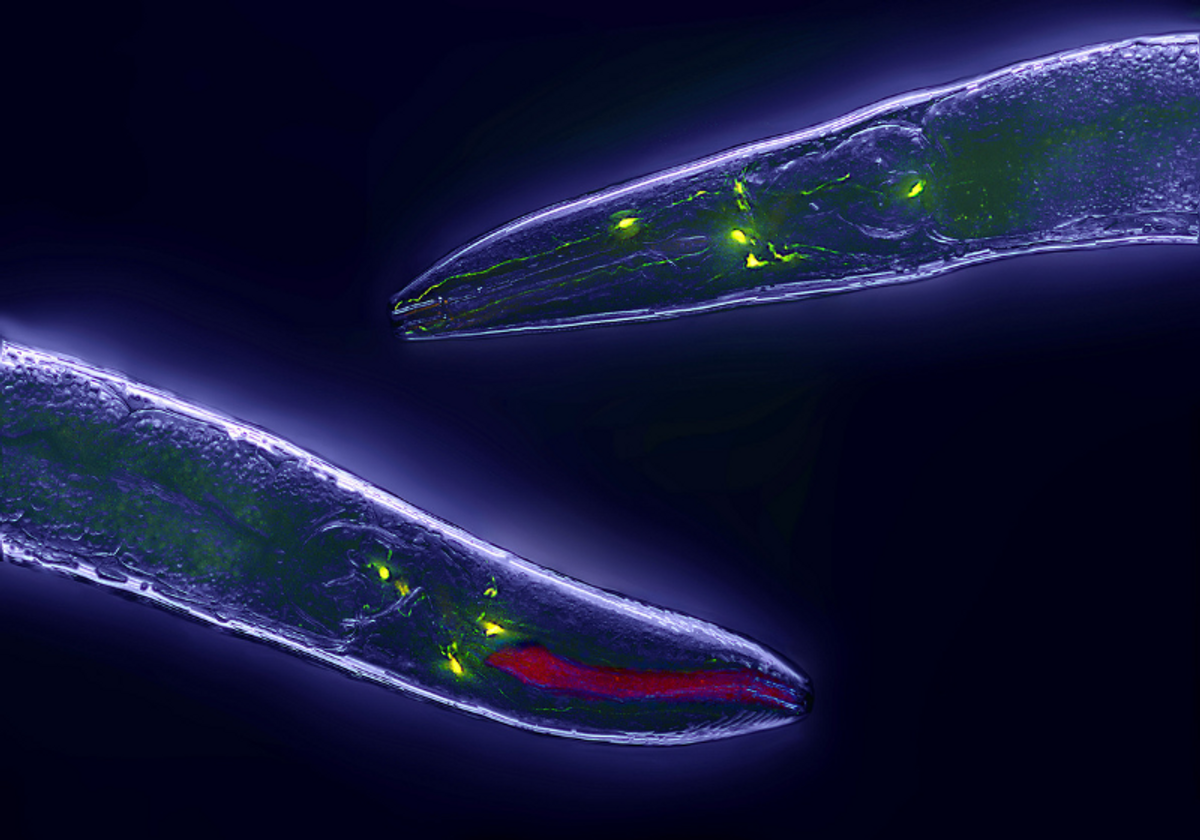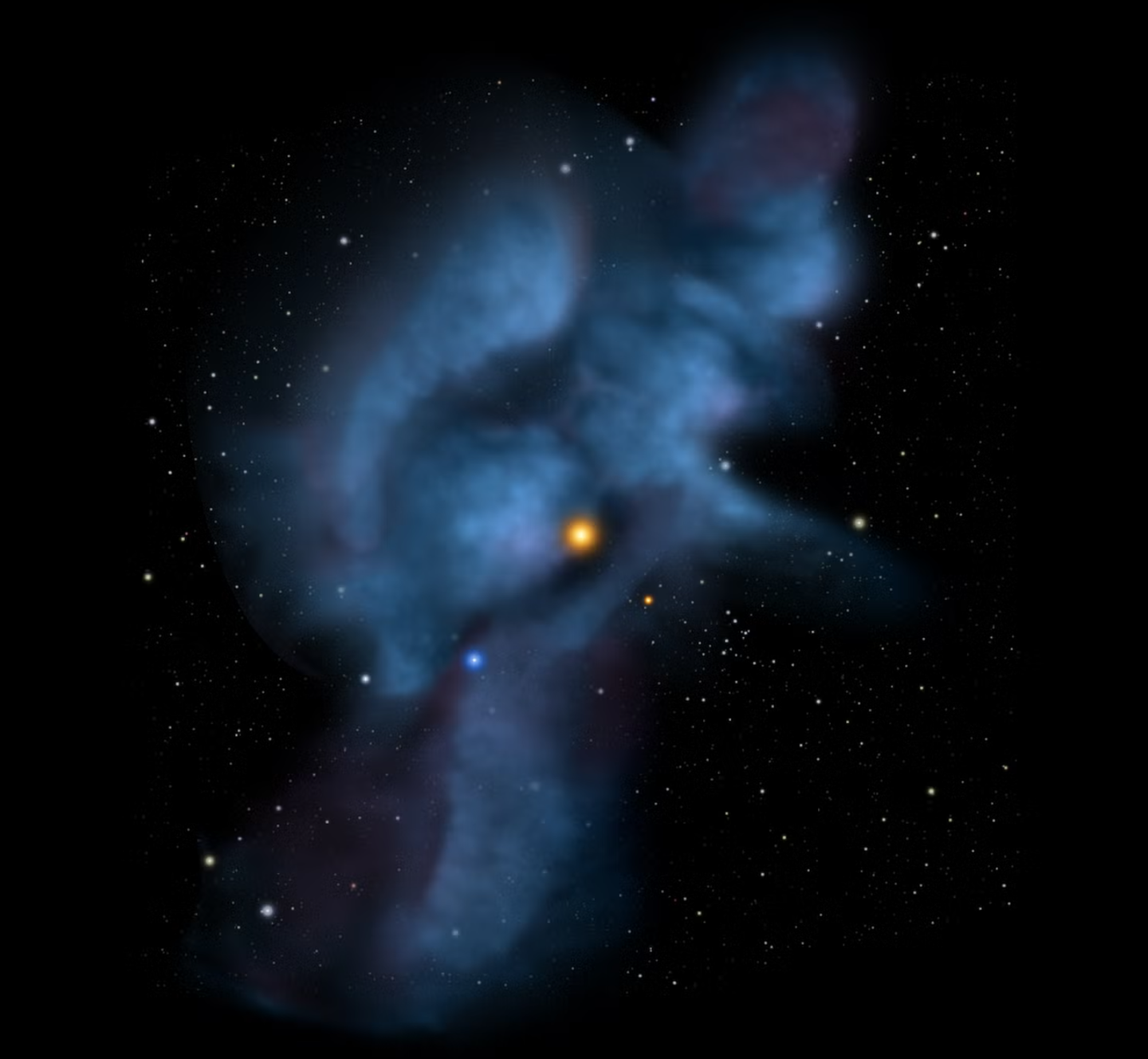Scientists prepare to launch tiny lifeforms into space at near the speed of light
Scientists are exploring ways to propel spacecraft beyond our solar system using existing and near-future technologies.

Scientists are exploring ways to propel spacecraft beyond our solar system using existing and near-future technologies. (CREDIT: Creative Commons)
The concept of interstellar travel has transcended science fiction and emerged as a tantalizing possibility. While a real-life version of warp speed or hyperdrives may be far off, scientists are exploring ways to propel spacecraft beyond our solar system using existing and near-future technologies.
Professors Philip Lubin and Joel Rothman of UC Santa Barbara, inspired by the Space Age and its pioneering spirit, are investigating the feasibility of interstellar travel with living organisms aboard. The result of their collaboration was published in the journal Acta Astronautica.
"The Apollo missions were monumental," said Rothman, a self-proclaimed "space geek". "We have a responsibility to keep exploring," he continued, emphasizing humanity's inherent drive to explore across all scales.
The immense distance between stars presents the biggest obstacle. Voyager missions, despite venturing beyond the heliosphere (the bubble surrounding our solar system), took 40 years to travel 12 billion miles, a tiny fraction of the distance to the closest star. At their current speed, they would take over 80,000 years to reach Proxima Centauri, our nearest neighbor.
Reimagining Propulsion
Traditional rocket fuel is inadequate for interstellar travel due to its weight and limited energy output. Lubin's research focuses on "directed energy" propulsion, using light as a propellant.
"Pushing macroscopic objects at near light speed has never been done," said Lubin. His team proposes using a ground-based (potentially moon-based) laser array to propel small probes with onboard instruments to 20-30% of the speed of light.
Related Stories
These "wafercraft," initially about the size of a hand, would be propelled by the laser for a short period before the next probe launches. Lubin describes them as "semiconductor wafers with an edge" to shield them from interstellar dust and radiation.
At these relativistic speeds (roughly 100 million miles per hour), a wafercraft could reach Proxima Centauri in about 20 years. Continuous advancements in both the wafercraft and laser technology are crucial for achieving this. Funding comes from NASA, private foundations, and initiatives like Breakthrough Initiatives' Starshot program.
Interstellar Stowaways: C. elegans
The possibility of sending living organisms on these missions emerged when Rothman realized his research subject, C. elegans, a roundworm, could be a candidate. Despite their unassuming appearance, they are well-studied and resilient.
"Research on C. elegans has led to six Nobel Prizes," Rothman pointed out. These tiny creatures, along with tardigrades (water bears) with their ability to enter a suspended animation state, could be ideal interstellar passengers.
Thousands of these organisms could be placed on a wafer in a state of suspended animation, revived upon reaching their destination, and monitored for any interstellar travel-induced biological effects.
"We can study their behavior, metabolism, and reproduction during their journey," said Rothman. The data could provide insights into the potential effects on humans undertaking similar voyages.
The Future of Interstellar Travel
Human interstellar travel remains a distant dream, but advancements in technology may lead to the creation of more suitable lifeforms or human-machine hybrids for such journeys.
"This is a generational program," Lubin said, emphasizing the ongoing nature of the research. Exponential growth in laser technology, similar to Moore's Law in electronics, fuels optimism.
While interstellar human travel remains a distant prospect, the ethical and physiological aspects of sending life into space are being explored.
"Planetary protection" concerns the potential contamination of other celestial bodies by Earthly organisms or vice versa. The authors believe forward contamination is unlikely as the wafercraft would be destroyed upon entering another planet's atmosphere.
The theory of panspermia, suggesting life originated elsewhere and arrived on Earth via comets or other means, is gaining some traction.
Second generation printed circuit board craft "wafer craft". (CREDIT: UCSB)
"Some have pondered if the universe is a lab experiment by an advanced civilization," Lubin said. These are questions that future discoveries may answer.
The Ethics of Exploration
The wider space exploration community is also grappling with the ethics of sending humans on one-way missions and the implications of sending microorganisms or human DNA into space. These are timeless questions, similar to those pondered during early human migrations and voyages.
"We shouldn't suppress our inherent yearning to explore," concluded Rothman.
This research by Lubin and Rothman represents an exciting step towards interstellar travel, pushing the boundaries of human exploration and scientific discovery.
For more science and technology stories check out our New Discoveries section at The Brighter Side of News.
Note: Materials provided above by UC Santa Barbara. Content may be edited for style and length.
Like these kind of feel good stories? Get the Brighter Side of News' newsletter.



